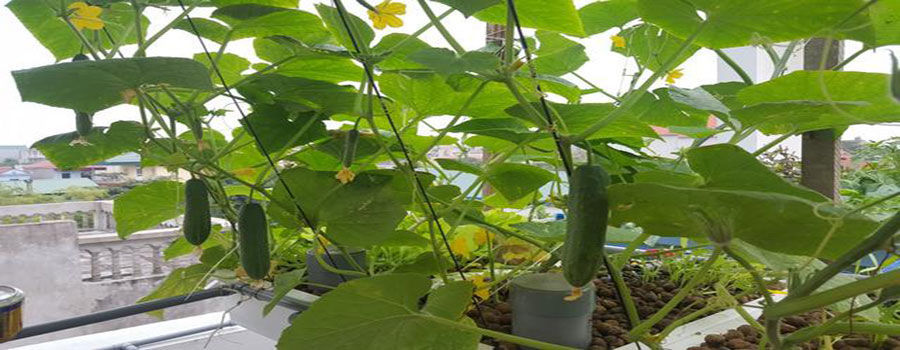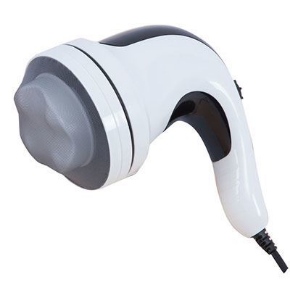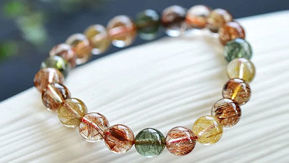
Cucumbers are easy to grow outside in the garden even if they tend to produce thick skins when grown outside. This plant is often grown because it has so many health benefits. It can be used to make squashes, and the vegetable is to be used in any salad.
VARIETIES/TYPES OF CUCUMBER
- Normal Cucumbers
This is the normal cucumber that is most commonly cultivated. It is a large, dark green variety. Since it’s the most common type of cucumber, it is relatively inexpensive and available all year-round. It tastes best during the summer months.
- Kirby or Pickling Cucumber
Pickling cucumbers are a small variety of cucumber which is widely used in pickles. They are crisp and firm in nature as they need to retain their crispness properties after being used for pickling. Their crisp nature also makes them taste great when eaten fresh. Pickling cucumbers tend to be seedless as well.
Other varieties of cucumbers include greenhouse cucumber, Orange cucumbers, and Japanese cucumber.
GROWING CUCUMBER
The first thing you have to do when growing cucumber is to decide whether you want to plant it in containers/pots or in the soil. But before you decide on that, you have to make your soil suitable for planting cucumber and how do you go about this?
Loamy soil is the ideal soil for planting cucumbers. Make sure you enrich the soil with organic matter and manure so that the plant gets the kind of nutrients that are needed for growth. Also, you have to remove the weeds from the soil each time they sprout out to ensure healthy growth of the plant.
Sand gives drainage and also prevents a hard layer forming on the surface. If you have river sand in your yard, make sure it is replaced with garden soil. Composts hold and absorb moisture which is very important for growing cucumbers. Home-made compost should be used as it is less expensive. Though wood ash isn’t a necessity; yet, it helps to improve the quality of the soil. Just make sure not to use ash from charcoal, briquettes or anthracites. Also, make sure that you don’t burn any plastic in the fire.
HOW TO START
Cucumbers grow as bushes or vine and the bush variety grow well in containers. Start by choosing the seed variety that is suitable for growing in the soil or in containers. Bush varieties will never overgrow the containers. Every seed you buy usually has information about which method of growing is suitable for it.
Make sure you consider the size of your pots/containers before you choose. You can opt for a larger pot/container that will allow for more water and one that will allow the roots to penetrate deeper in search for more nutrients and moisture.
If you choose to plant cucumber seeds directly into the soil; make sure to plant your seed 2.5 centimeters deep and 30 - 40 centimeters between plants. They should be planted in rows 90 centimeters apart.
Make sure you put the container/pot in an area where the plant can get sufficient amount of sunlight. It is also important to water the plant thrice a week; add enough water to ensure the soil is moist.
AVOID OVERCROWDING AFTER GERMINATION
In order to avoid overcrowding after germination, it is important to thin out the seedlings. This can be done by cutting out the weakest seedlings, leaving only the two strongest. Do not attempt to pull them out; make sure you use a pair of scissors to avoid disturbing the roots of the strongest ones.
HARVESTING
When it is about 50 - 60 days after plating, the cucumber will be ready to be harvested. Only harvest when the cucumber skin is dark green in color. You can remove the cucumber by simply twisting it from the plant.
THINGS TO NOTE WHEN PLANTING CUCUMBER
- Cucumbers Need Warm Weather For Planting
Extreme weather, either cold or hot can disrupt the growth of cucumber. If you are planting cucumber outdoor, make sure it is only after all danger of frost has passed. Cucumbers are easily affected by diseases and they can easily fall prey to insects. So, it is important to keep an eye on your veggie while you grow them.
- Sunlight
To have a good harvest with healthy plants, make sure your veggie get plenty of sunshine. Most veggies need approximately 6 – 8 hours of sunlight daily.
- Watering
Container/pot plants tend to absorb more heat, meaning they need to take in more water than soil-based plants. It is essential that you water your container cucumber plants frequently to prevent them from drying up. Placing your containers to have easy access to water points will make it more convenient for frequent watering.
Growing Cucumbers in Containers Come With Certain Benefits
Benefits include:
It is easier to control the weeds in containers than in a garden
It is easier to move the containers as needed so that they can get sufficient sunlight daily which is needed for good growth
CUCUMBER BENEFITS
- Fights Cancer
One of the important benefits of eating cucumber or drinking cucumber water is that it contains cucurbitacins which help in fighting cancer. This will kill cancerous cells and prevent their expansion. Sufficient intake of cucumber also reduces chances of developing urinary cancer.
- Gives a Youthful look
Due to their antioxidant properties, cucumbers help your body fight free radicals. By doing this, they slow down the aging process and enhances your body’s ability to fight disease.
Other benefits of cucumber include:
Weight loss, promotes healthy bones, treatment of blood pressure, and much more.
SEED BUYING TIPS
There are different seeds for garden cucumber varieties available. Make sure the seeds are viable and grow well, free of disease or insects. Also, ensure the root neck is completely green.
Lifespan: All varieties of cucumber are annuals.
Season: All through the summer and early fall.
Difficulty Possibility: There is nothing to worry about, in as much as you can provide a suitable growing environment for the plant.
































